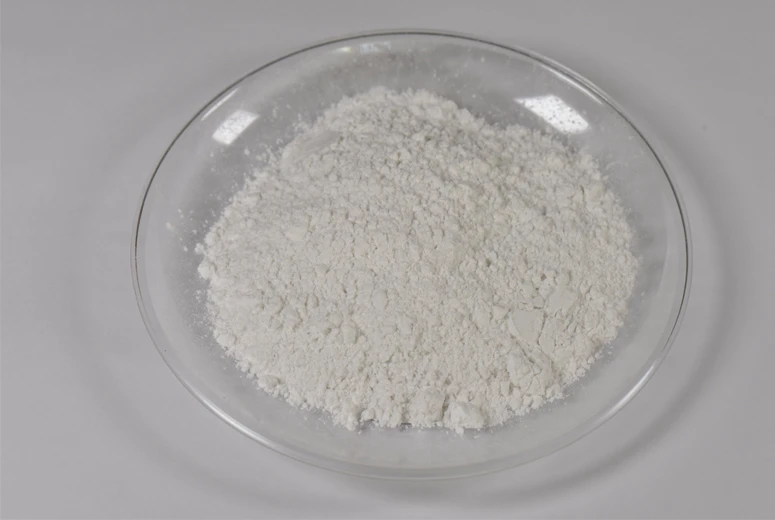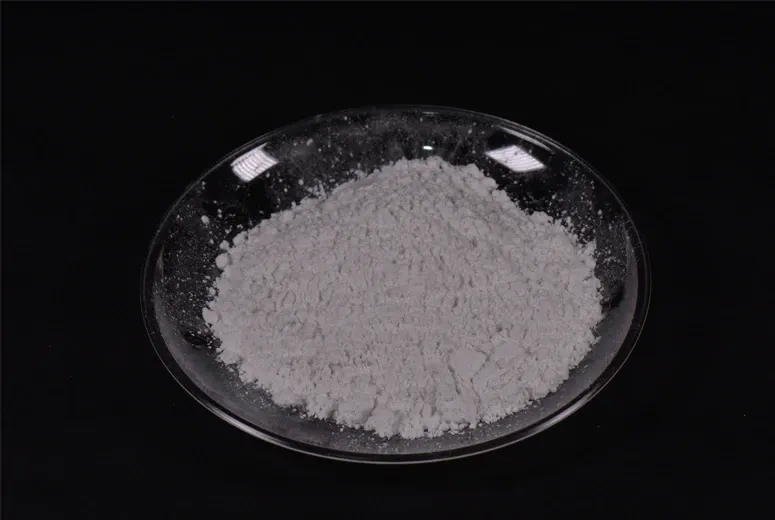Feb . 20, 2025 10:08
Back to list
5-25 Micron Synthetic Mica Powder
Mica color powder is an essential component in various industries, known for its vibrant colors and versatility. Derived from naturally occurring minerals, this powder is processed into fine particles that display a lustrous and shimmering effect, making it a popular choice in cosmetics, arts and crafts, and even the automotive industry.
The production of mica color powder involves sourcing raw mica minerals, often from regions in India and Africa. The process begins with mining, followed by grinding, and then purifying the mica to ensure it is free from impurities. For industries committed to sustainability and ethical sourcing, it is crucial to ensure that the mica is obtained from suppliers who adhere to ethical labor practices. Child labor and unsafe working conditions have been issues linked to the mining of mica, and consumers today demand transparency and responsibility from brands. The Role of Mica Color Powder in Innovation and Sustainability As industries continue to innovate, mica color powders are at the forefront of sustainable and eco-friendly formulations. With growing consumer awareness, there is an increased demand for products that reduce the carbon footprint and utilize sustainable practices. Brands are now focusing on biodegradable packaging and formulations that incorporate sustainably sourced mica, ensuring that their products not only dazzle but do so without compromising the environment or ethical standards. Working with Mica Color Powder Best Practices For those new to using mica color powder, it is vital to understand that a little goes a long way. Due to its fine particle size and high refractive index, only a small amount is needed to achieve the desired effect. It is recommended to first test small batches when creating new formulations or artworks to ensure the perfect finish. Additionally, when using mica in cosmetic formulations, one should be mindful of the populations with sensitive skin types and conduct thorough testing to avoid any adverse reactions. Always refer to reputable sources and consult with professionals when experimenting with new applications to maintain safety and effectiveness. In Conclusion Mica color powder stands out as a versatile and dynamic agent that enhances visual appeal across a multitude of products. Its ability to add depth, shimmer, and a luxurious touch makes it invaluable across industries. With a commitment to ethical sourcing and innovation, mica powder continues to be an asset, driving the pursuit for both aesthetic excellence and sustainable practices. As such, it remains a pivotal element in the product strategies of forward-thinking brands and industries.


The production of mica color powder involves sourcing raw mica minerals, often from regions in India and Africa. The process begins with mining, followed by grinding, and then purifying the mica to ensure it is free from impurities. For industries committed to sustainability and ethical sourcing, it is crucial to ensure that the mica is obtained from suppliers who adhere to ethical labor practices. Child labor and unsafe working conditions have been issues linked to the mining of mica, and consumers today demand transparency and responsibility from brands. The Role of Mica Color Powder in Innovation and Sustainability As industries continue to innovate, mica color powders are at the forefront of sustainable and eco-friendly formulations. With growing consumer awareness, there is an increased demand for products that reduce the carbon footprint and utilize sustainable practices. Brands are now focusing on biodegradable packaging and formulations that incorporate sustainably sourced mica, ensuring that their products not only dazzle but do so without compromising the environment or ethical standards. Working with Mica Color Powder Best Practices For those new to using mica color powder, it is vital to understand that a little goes a long way. Due to its fine particle size and high refractive index, only a small amount is needed to achieve the desired effect. It is recommended to first test small batches when creating new formulations or artworks to ensure the perfect finish. Additionally, when using mica in cosmetic formulations, one should be mindful of the populations with sensitive skin types and conduct thorough testing to avoid any adverse reactions. Always refer to reputable sources and consult with professionals when experimenting with new applications to maintain safety and effectiveness. In Conclusion Mica color powder stands out as a versatile and dynamic agent that enhances visual appeal across a multitude of products. Its ability to add depth, shimmer, and a luxurious touch makes it invaluable across industries. With a commitment to ethical sourcing and innovation, mica powder continues to be an asset, driving the pursuit for both aesthetic excellence and sustainable practices. As such, it remains a pivotal element in the product strategies of forward-thinking brands and industries.
Prev:
Next:
Latest news
-
Transforming Surfaces with Mica-Enhanced Paints in Coatings and DecorationNewsJul.02,2025
-
The Ultimate Guide to Mica-Based Luminous Colors with Pearlescent PigmentNewsJul.02,2025
-
The Critical Role of Mica in Industrial Applications in Welding and Oil FieldsNewsJul.02,2025
-
Revolutionizing Automotive Aesthetics with Modified Plastics Pearlescent PigmentsNewsJul.02,2025
-
The Secret with Mica Powder for Cosmetics Behind Radiant, Natural MakeupNewsJul.02,2025
-
Enhancing Performance in Polymer Applications with Mica Powder for RubberNewsJul.02,2025
Products categories









